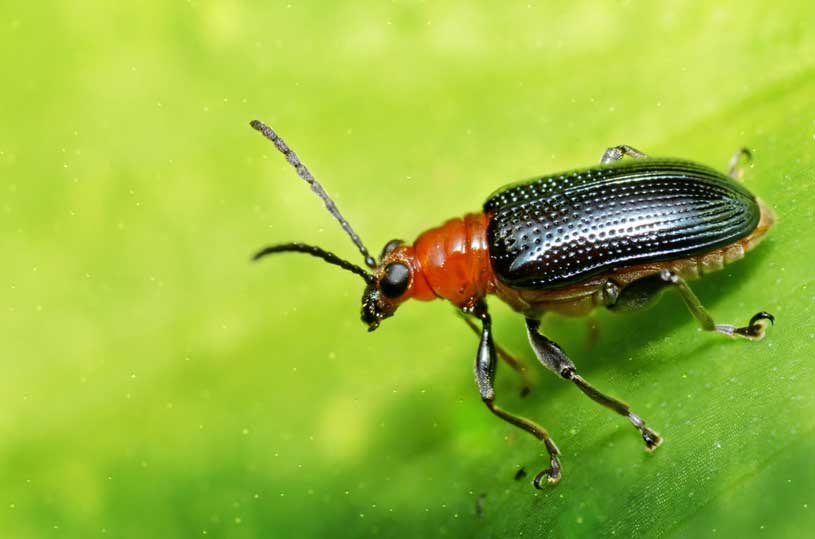
For thousands of years, man protected himself and fought his enemies using the spear and the sword. However, in 10th century China, armies began to use a crude form of gunpowder to hurl projectiles at their enemies. The use of gunpowder spread to the Arab nations in the 13th century and from there to Europe. In 1867, the famous armaments manufacturer, Alfred Nobel, invented dynamite, and further applied its explosive power to the development of ever more powerful weaponry.
One of the most difficult problems facing the manufacturers of explosive materials is how to store the constituent chemicals near each other without them causing an unintended explosion. In fact, one such explosion did take place in Alfred Nobel’s laboratory and it was a miracle that he escaped with his life.
In his book: Creation – The Source of Life, Professor Moshe Trope highlights the recent research conducted by a German scientist on the most sophisticated, mobile biological bombardment system that exists in the natural world. This system was designed with such amazing perfection that it certainly deserves our admiration.
The creature is called the “Bombardier Beetle,” named so because it fights and drives predators away using a very sophisticated bombing system.
Apart from the visual, digestive and other regular systems in the beetle’s body, it has another, unique system, which includes two chemical chambers for the manufacture of explosives, a mixing room and a firing room.
The system works like this: One of the bodily chambers manufactures a chemical called hydro-quinine while the other chamber manufactures hydrogen peroxide. In normal laboratory conditions, these two substances explode immediately upon being mixed. Amazingly, inside this beetle’s body, both substances are produced, combined and stored in the mixing room without exploding and killing the beetle. Extensive research has revealed that there is a third material in the mixing room, which retards the explosion.
When a predator approaches the beetle, it starts the firing sequence. The storage room door is opened and the mixture flows into the explosion chambers. At the moment when the predators jaws are just about to snap shut on the insect, from a side tube in the explosion room, the beetle secretes an enzyme that neutralizes the retarding compound. A sharp explosion can be heard, as two jets of boiling hot fluid are sprayed directly into the shocked predator’s face, which remains paralyzed for some time. Meanwhile, the beetle can scurry away to safety.
Points to Ponder:
- Who designed the manufacturing chambers, the storage room and the explosion chambers in the correct, knowledgeable way?
- Who was the chemist who prepared the exact recipes for the manufacture of hydro-quinine and hydrogen peroxide, using the ingredients in the beetle’s diet?
- Who was the chemist who prepared the recipe for the manufacture of the explosion retardant, and the enzyme which neutralizes the retardant?
- Who determined the exact quantities required for the mixture of the different compounds?
- Who built the explosion chambers in a way that allows them to withstand the required pressure, without itself exploding when the beetle fires off the fluid at the predator?
- How does the beetle successfully coordinate the visual and firing mechanisms to ensure maximum accuracy (within fractions of a second) at the precisely right moment, when the predator is in full attack mode? A moment too early and the bomb will be an ineffective deterrent. A moment too late and the explosion that will occur will be the last thing the beetle ever does.
- The beetle is a mere 7 to 10 millimeters long!
